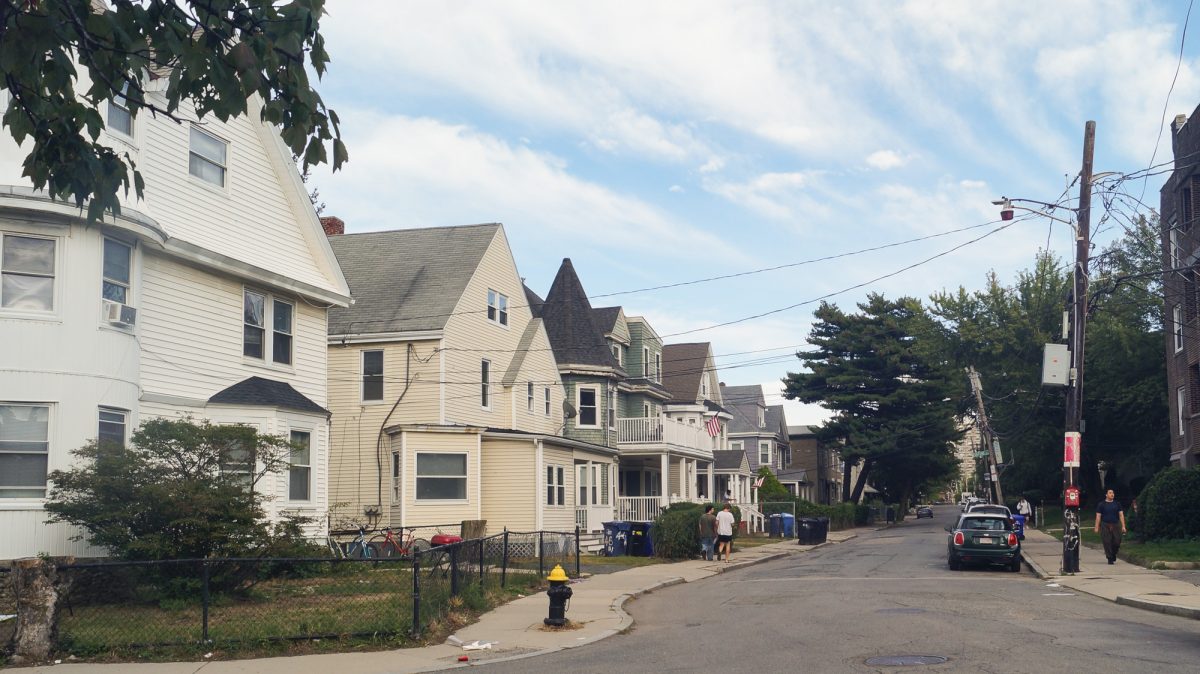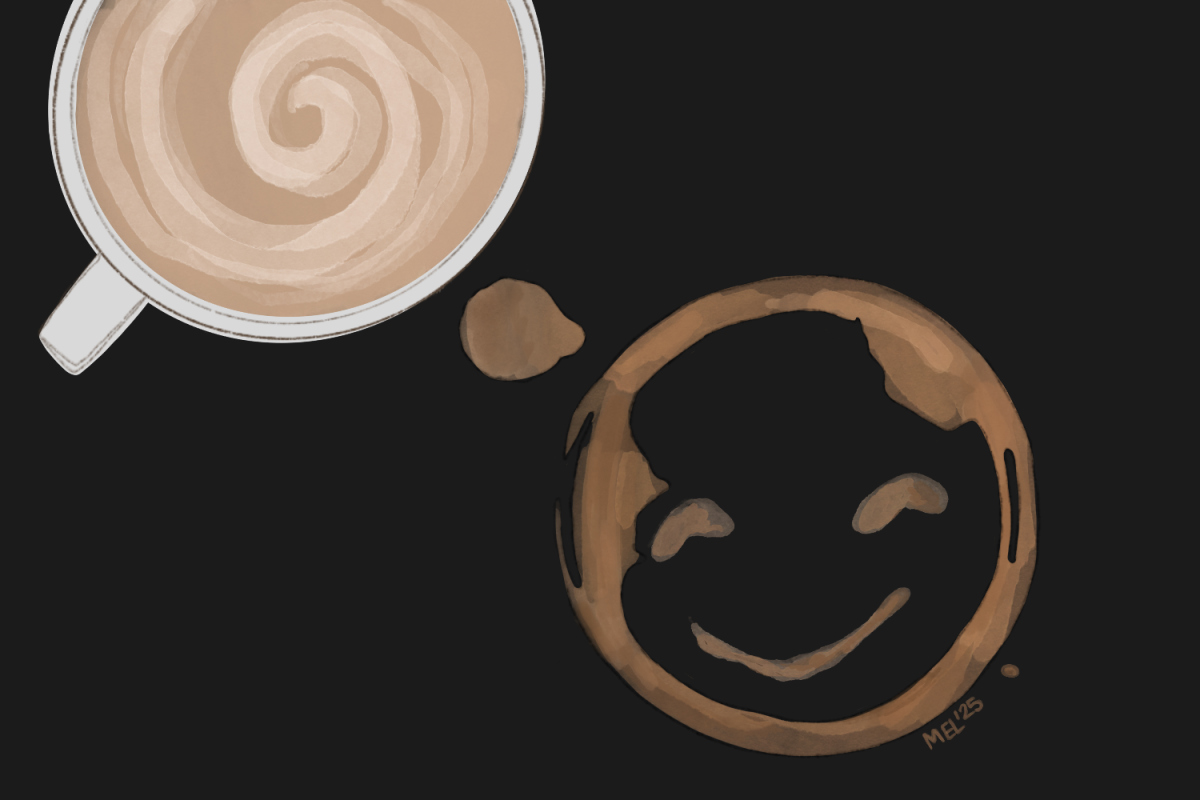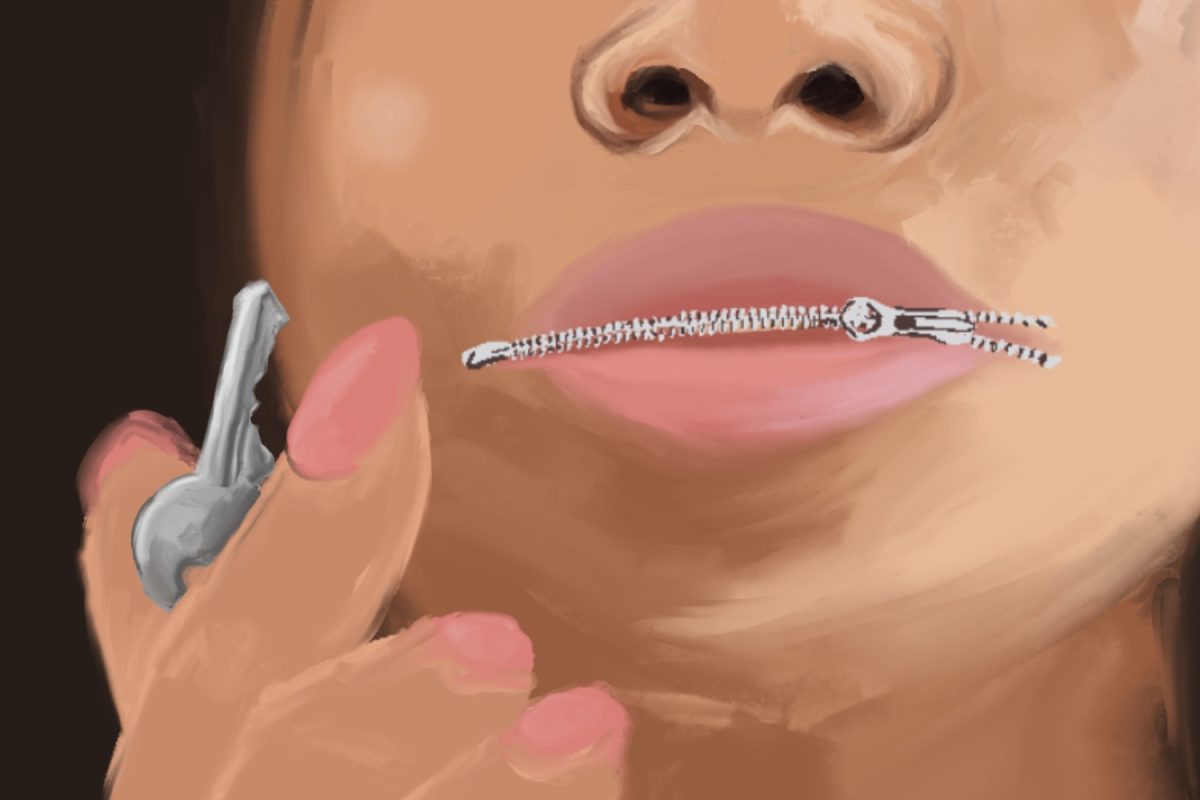
Shopping addictions are often taken lightly in everyday culture, but a team of scientists at the University of Bergen in Norway are taking them quite seriously, developing a unique method to measure shopping addiction.
The Bergen Shopping Addiction Scale, according to research released Sept. 29, measures shopping addictions by testing personality traits, anxiety and compulsive buying behaviors. The findings also linked young adults to being more at risk of developing a addiction.
Cecilie Schou Andreassen, a clinical psychologist and member of the research team, shed light on the subject by sharing risk factors that incline individuals toward developing a shopping addiction.
“We argue that shopping disorders would be best understood from an addiction perspective,” Andreassen said in an email, “defining it as being overly concerned about shopping, driven by an uncontrollable shopping motivation and investing so much time and effort into shopping that it impairs other important life areas.”
The nature of addiction itself is often nebulously defined when it comes to non-chemical behavioral addictions such as shopping, Andreassen said. Non-drug addictions are often not well known in the psychiatric field and prior to this study, there was little concrete information on shopping addictions.
Kathleen Kantak, the director of Boston University’s Lab of Behavioral Neuroscience, said addicts cannot help but indulge themselves in their behavior, regardless of the consequences.
“Anything that an individual can consume, and I use the word ‘consume’ in a very broad sense,” Kantak said, “if it is reinforcing or rewarding to that individual, it runs the risk of creating an addiction where there’s an impulsive, compulsive use or consumption of that commodity.”
Kantak also said that addiction is a problem among those in their early adulthood, as they are at a higher risk of developing an addiction due to their underdeveloped prefrontal cortexes. The prefrontal cortex is the part of the brain that controls decision-making.
“They would rather take a smaller, immediate reward now than to delay and get a bigger reward later,” Kantak said. “[The prefrontal cortex] acts as a brake on the decision-making choices that someone makes.”
Other identified factors related to addiction on the scale were personality traits such as extroversion and neuroticism. Extroverted people, the study said, may view shopping as a way to express their individuality and those who scored highly on neuroticism may shop more in order to fit in and raise their-self esteem.
Traits such as conscientiousness, agreeableness and intellect were inversely linked to shopping addictions. The first two traits both inhibit addictive behavior because they increase awareness of the behavior’s consequences on other people. Intellect and imagination cause individuals to develop their own ideas about what is important and avoid seeing shopping as a means to conform.
Women scored higher on the Bergen Shopping Addiction Scale, which Kantak said could be linked to historical gender roles. Women have in the past been considered the shoppers in families, and therefore may have had more exposure to shopping in general.
Addictive behavior could also be worsened by the introduction of Internet shopping, which makes it faster and more convenient to spend money. Young consumers, Kantak said, would be wise to be aware of these marketing tricks and should watch their consumption patterns for signs of addictive behavior. The positive feelings generated by shopping can be reinforcing, but can also begin to seem more important than future needs.
Gaby Casimiro, a freshman in the College of Arts and Sciences, said she feels as if she needs to keep up with her peers in terms of fashion.
“My roommates make fun of me because I keep coming home with more and more stuff,” Casimiro said.
College-aged individuals are potentially at more risk because of the easy access to shopping around campus, as well as due to their newfound freedom in terms of personal consumption decisions. With this in mind, Andreassen provided tips for students to avoid developing a shopping addiction.
“I would consider getting rid of credit cards, finding alternative ways to deal with shopping urges and distress … making a shopping list,” she said, “and stick with it as well as establishing rules such as [waiting] at least 24 hours before buying something.”
























































































































